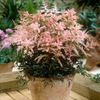 |
Astilbe 'Sprite'Common Name: Astilbe-Dwarf
|
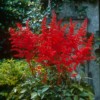 |
Astilbe 'Fanal'Common Name: Astilbe-Hybrid or False Spirea
|
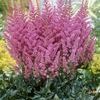 |
Astilbe chinensis 'Maggie Daley'Common Name: Astilbe-Chinese
|
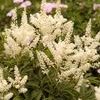 |
Astilbe 'Deutschland'Common Name: Astilbe-Japanese or False Spirea
|
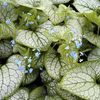 |
Brunnera macrophylla 'Jack Frost'Common Name: Brunnera-Heartleaf or Siberian Bugloss |
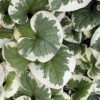 |
Brunnera macrophylla 'Variegata'Common Name: Brunnera-Heartleaf or Siberian Bugloss |
 |
Calamagrostis acutiflora 'Karl Foerster'Common Name: Grass-Ornamental or Feather Reed Grass |
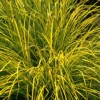 |
Carex elata 'Bowles Golden'Common Name: Grass-Ornamental or Gold Sedge |
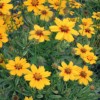 |
Coreopsis 'Tequila Sunrise'Common Name: Tickseed or Coreopsis |
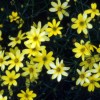 |
Coreopsis verticillata 'Moonbeam'Common Name: Coreopsis-Threadleaf |
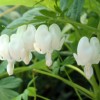 |
Dicentra spectabilis 'Alba'Common Name: Bleeding Heart-Old Fashioned or Common Bleeding Heart |
 |
Echinacea purpurea 'Kim's Knee High'Common Name: Coneflower-Purple |
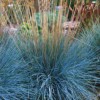 |
Festuca glauca 'Elijah Blue'Common Name: Grass-Ornamental or Blue Fescue |
 |
Gaillardia 'Goblin'Common Name: Blanket Flower |
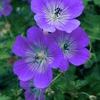 |
Geranium 'Rozanne'Common Name: Geranium-Hardy or Cranesbill |
 |
Helictotrichon sempervirens 'Sapphire'Common Name: Grass-Ornamental or Blue Oat Grass |
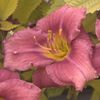 |
Hemerocallis 'Rosy Returns'Common Name: Daylily
|
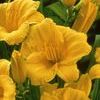 |
Hemerocallis 'Stella de Oro'Common Name: Daylily
|
 |
Hosta 'Fortunei Aureomarginata'Common Name: Hosta
|
 |
Hosta 'Fried Green Tomatoes'Common Name: Plantain-Lily or Hosta
|
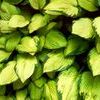 |
Hosta 'Gold Standard'Common Name: Hosta
|
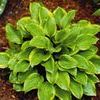 |
Hosta 'Golden Tiara'Common Name: Hosta
|
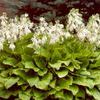 |
Hosta 'Royal Standard'Common Name: Hosta
|
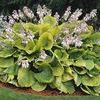 |
Hosta 'Sum and Substance'Common Name: Hosta
|
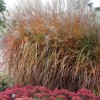 |
Miscanthus 'Purpurascens'Common Name: Grass-Ornamental or Flame Grass |
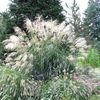 |
Miscanthus sinensis 'Silberfeder'Common Name: Grass-Ornamental or Silver Feather Grass |
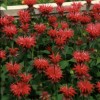 |
Monarda 'Gardenview Scarlet'Common Name: Bee Balm or Bergamot |
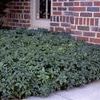 |
Pachysandra terminalis 'Green Carpet'Common Name: Spurge-Japanese |
 |
Perovskia 'Little Spire'Common Name: Russian Sage |
 |
Phlox paniculata 'Red Riding Hood'Common Name: Phlox-Tall Garden |
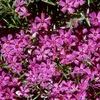 |
Phlox subulata 'Atropurpurea'Common Name: Phlox-Creeping or Moss Pinks |
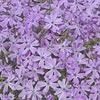 |
Phlox subulata 'Blue Emerald'Common Name: Phlox-Creeping or Moss Pinks |
 |
Phlox subulata 'Candy Stripes'Common Name: Phlox-Creeping or Moss Pinks |
 |
Phlox subulata 'Emerald Pink'Common Name: Phlox-Creeping or Moss Pinks |
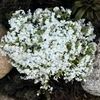 |
Phlox subulata 'White Delight'Common Name: Phlox-Creeping or Moss Pinks |
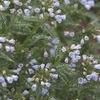 |
Pulmonaria longifolia 'Roy Davidson'Common Name: Lungwort or Bethlehem Sage |
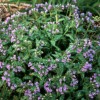 |
Pulmonaria saccharata 'Mrs. Moon'Common Name: Lungwort or Bethlehem Sage |
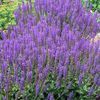 |
Salvia nemorosa 'May Night ' ('Mainacht')Common Name: Salvia-Perennial or Garden Sage |
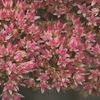 |
Sedum 'Autumn Fire'Common Name: Stonecrop-Autumn |
 |
Sedum 'Autumn Joy' ('Herbstfreude')Common Name: Stonecrop-Autumn |
 |
Sedum 'Purple Emperor'Common Name: Stonecrop-Autumn |
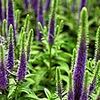 |
Veronica spicata 'Royal Candles'Common Name: Speedwell-Spike |
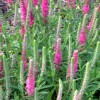 |
Veronica spicata 'Red Fox'Common Name: Speedwell or Spike Speedwell |
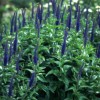 |
Veronica 'Sunny Border Blue'Common Name: Speedwell |
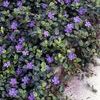 |
Vinca minor 'Bowles' Variety' ('La Grave')Common Name: Myrtle or Periwinkle |